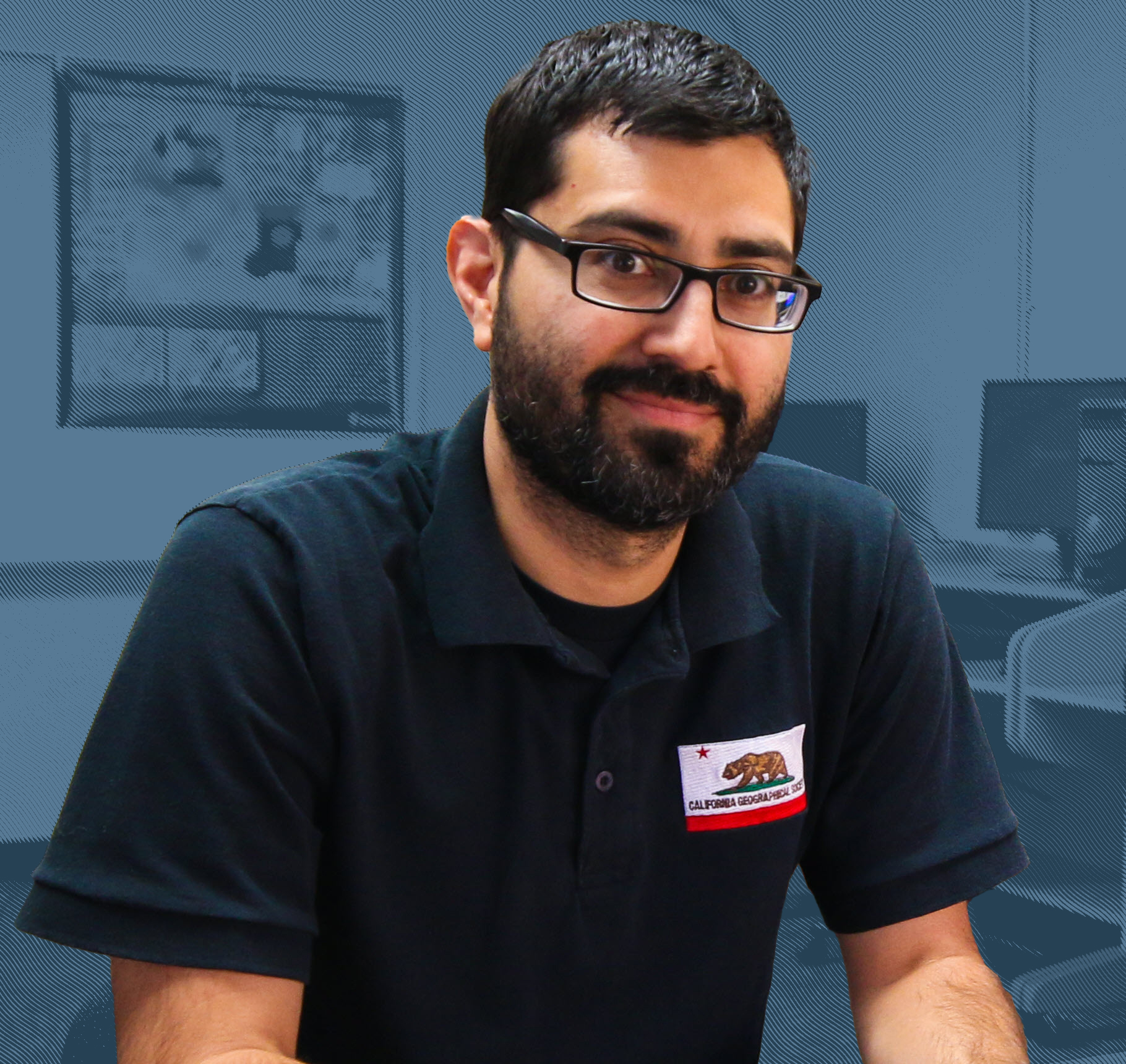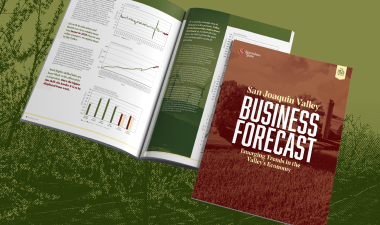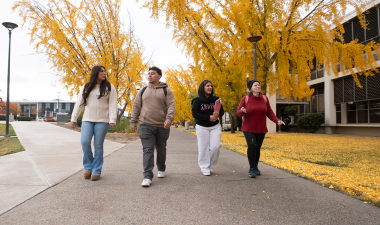
Stanislaus State is partnering with UC Merced’s Nicotine and Cannabis Policy Center (NCPC) on a significant project as part of California Endgame’s goal to end tobacco use in the state by 2035.
The two universities have been awarded a $1.4 million Smoke and Vape Free Scholars Initiative Program Award collaborative grant from the Tobacco-Related Disease Research Program (TRDRP).
The project will train the next generation of tobacco control advocates in the San Joaquin Valley with a goal of producing scientific tobacco control advocates through classroom instruction, research labs and fieldwork.
Funding for the award began March 1 and is slated to last through 2025. The TRDRP has awarded similar grants in the past, but this is the first time a partnership between a public teaching institution and a research university has been required.
A unique aspect of the project is that each campus will provide its own strengths. Stan State students will have an opportunity to enroll in courses to learn about the basic tenants of tobacco control research. The project is a dynamic example of what is possible through multi-campus collaborations in the Central Valley.
“Stanislaus State is excited to partner with UC Merced on this collaborative grant,” said Stan State President Ellen Junn. “This is a real opportunity for our campuses to band together and have a unified voice to advocate for better health in our region. By leveraging the strengths of our institutions, we will accomplish fantastic work within the Central Valley.”
“UC Merced is proud to join with our Central Valley colleagues in advancing knowledge that will benefit the long-term health of people in the Valley and beyond,” said UC Merced Chancellor Juan Sánchez Muñoz.
Stanislaus State students will have an opportunity to participate in cutting-edge research projects at UC Merced, ranging from research on the metabolic process to scholarship on policies at the local and state level. Students will collaborate with multiple county Local Lead Agencies (LLAs) to conduct tobacco control advocacy projects, which will allow them to make significant contributions to their communities and gain vital hands-on experience.
Stanislaus State’s José Díaz-Garayúa is the project’s principal investigator. Díaz-Garayúa, an associate professor of human geography and geographic information systems (GIS), is co-director of the University’s Center for Applied Spatial Analysis (CASA). He and his team will recruit students and provide workshops, instruction and mentoring.
“This is a real opportunity for our campuses to band together and have a unified voice to advocate for better health in our region. By leveraging the strengths of our institutions, we will accomplish fantastic work within the Central Valley.”
-President Ellen Junn
“This project will provide one more resource to continue reducing tobacco consumption,” Díaz-Garayúa said. “I think this project will provide the tools in which we can funnel students into the right areas, including additional research opportunities and graduate school.”
Joining Díaz-Garayúa’s team is Stan State Associate Professor of Sociology Meggan Jordan. Jordan possesses a decade of experience in coordinating multi-disciplinary health interventions. She will act as the program’s recruitment and educational coordinator. In collaboration with Drs. Song and Díaz-Garayúa, she will mentor students and provide guidance and advice as they progress through the program.
“I am thrilled to be working with such a vibrant team on a central goal to nurture the next generation of tobacco control scholars,” Jordan said.
Díaz-Garayúa partnered with UC Merced’s Anna Song to write the grant proposal. Song, an associate professor of health psychology, works as the Nicotine and Cannabis Policy Center’s director.
“Our goal has always been to build capacity in our communities,” Song said. “Our efforts have traditionally been focused on building capacity through research and teaching, but what’s exciting is now, we’re going to build a bridge from the classroom to the lab and straight into our communities. This is a chance to empower communities by strengthening the pipeline into the community-health workforce.
“The Central Valley is critical to California’s overall health strategy. We are part of California, and so we can’t reach a tobacco Endgame if our communities are still using tobacco.”
The Endgame goal in 2035 does not mean the work will end then. Scholars from this pipeline will continue to be trained to think about the community.
“We are producing amazing scientist advocates,” Song said. “They’re not just going to think; they’re going to do. They’re going to go and change our world.”
While students will reap many benefits from the project, instructors also have been immersed in the experience over the past year and will continue to do so in tandem with the future advocates.
“I think we are the right group of people for this undertaking,” said Díaz-Garayúa. “We are here to create but also to learn. It is our job to get people on board for this next generation. It’s important to establish how we can learn more from this process and how we can help our students to learn and be innovators — we are setting the example for our students.”


